- Home
- About
- News
- Services
- Author Services
- Working With Artists
-
Sparks
- Book Santa Fe
- V Day UVM Hermosillo
- SFYSA
- Flamenco
- Santa Fe Intl. Silk Fashion Show
- Freud's Artifacts
- Personal Artifacts
- Wunderkammer - Artotems Co.
- Dreams Revisted - Jung
- Meet Artotem
- Artistic Business Cards
- Things on Adobe
- It Was In Our Hands
- A Vision of Crows
- Look and Listen
- Death of A Book
- Alan Watts
- Textures - It's Nature's Way
- The Early Years
- Things on Adobe
- Our Customers Are Creative
- Contact
|
We just completed author Rebecca Pott Fitton's book trailer for her book "Wave Rider: Poetic Journey from Abuse to Wholeness." Her video had a "world premier" yesterday at a private reading with friends. Rebecca was abused by her uncle (and father figure) as a child. Her journey is one of inspiration and rising from a childhood filled with abuse. We are so proud to work with Rebecca and of all the work she's done, both internally and in writing her book. She is a voice against childhood sexual abuse. We hope her book touches many...
0 Comments
 We provide marketing and publicity for authors and their books. It’s a fascinating endeavor that provides us a chance to work with smart, creative, individuals who are dedicated to a noble profession.. It also gives us a chance to read some great books before they enter the market. Throughout time, writers like artists, have been the chroniclers of history and all aspects of society and civilizations. Whether it’s fiction or non-fiction they have provided a way to objectively see our world. They teach us new perspectives and ideas through the lenses of their books. They challenge us to seek within ourselves the attitudes and implications that their characters bring to life. Simply put, they make us think about ourselves. If the book is non-fiction we are brought along for the ride with actual living and breathing people, places, and times. We get to glimpse the perspectives of people who have experienced things we may never have imagined. We walk in their shoes and see what they saw. We are challenged with the question of what would I do? How would I react? What decision would I make? Unlike films, books force us to construct internal visions of the people, places, and situations they depict. The description of a house may be detailed but we build the total picture in our minds of what that house looks like. We personalize our experience with the writer and sometimes that connection can be magical. If you are a book lover you know exactly what this means. It can be like finding a friend and finding a place where you too fit in and feel comfortable. Or, like the character you feel the discomfort that they feel. Empathy is a powerful emotional connection. Writing a book is hard work. It takes dedication and a great degree of creativity. It also takes a willingness to put yourself and your work out there to an unknown audience who can respond in a multitude of ways online or otherwise. We are finding that most authors are happy to have your response whether it’s positive or negative or somewhere in between. All that dedication to the craft of writing makes them pretty resilient. Books Obviously we love books and we know they make a real difference in our lives. It’s our distinct pleasure to present a few of the authors and books we work with.
 Francisco is one of our newest client’s at Artotems Co. A talented artist, his speciality is the ancient greek method of encaustic painting. Francisco Benitez considers himself an atemporal archaeologist who excavates lost and forgotten styles of painting long assigned to the shadows to reveal the ever-transient nature of the human psyche. Trained in a rigorous atelier program at the Art Student’s League in New York, he frequented museums and copied old master paintings in order to master their techniques and conceptual strategies. However, impelled by an emotional/psychological impulse, he initially embraced a Caravaggesque approach to his subjects, in which narratives were weaved about the subjects as light sculpted their forms out of shadow. Always concerned with presenting the human psyche in all its complexity, Benitez later discovered the ancient Romans and Greeks, and in his desire to fuse the gravitas of history with the psychological narratives of his subjects, he embarked on a new series of works in encaustic, one of the most ancient painting techniques known to humanity, and one of the most difficult to master. As the Fayum portraits of Ancient Egypt attest, wax not only served to embalm the dead but to resurrect and revivify the subjects represented. By using the ancient tools and restrained palette of the Greeks, Benitez has isolated the psyche and placed it on center stage, whereby the viewer brings his/her subjectivity to the work and in effect initiates a complicit relationship with memory, history, and the geological layering of the collective human experience through the represented individual. Born in 1967 in Taos, New Mexico, into a family of performing and visual artists—Maria and Cecilio Benitez—he obtained his BFA from the University of New Mexico, after having studied in Granada, Spain, the Art Student’s League, and St. John’s College. Besides actively showing in the US, he has also lived and exhibited widely in Europe, especially in France and Italy, where he has participated in a number of museum and gallery shows.
The Spatio Temporal Modeling Center
2013 EventThe 2013 event will feature talks by two widely recognized biomedical scientists, the neurobiologist, Mark Ellisman from the University of California in San Diego and the cell biologist, Angela Wandinger-Ness from the University of New Mexico. Dr. Ellisman founded and directs the National Center for Microscopy and Imaging Research (NCMIR) at the University of California in San Diego. He is a world leader in the development of three-dimensional, light and electron microscopy and the application of advanced imaging technologies and computational resources to achieve greater understanding of cellular structure and function. Dr. Wandinger-Ness is a cell biologist who has made stunning use of advanced microscopy, in combination with biochemistry and flow cytometry, to understand how proteins traffic within cells. Her work has revealed abnormalities in intracellular trafficking that are associated with multiple human diseases including polycystic kidney disease (PKD), endometrial cancers, and Charcot-Marie-Tooth disease. These abnormalities provide new targets for drug discovery and therapies.
His work will be complemented by other powerful images generated by noted photomicrographer (and Ellisman collaborator)Thomas Deerinck, also from UCSD. His award winning imagery has been featured on the cover of many top scientific journals as well as in popular periodicals such as The New York Times, National Geographic, Scientific American, Discover and Time magazine. As nature-inspired works of art, his images have been exhibited in galleries in New York, Paris, and London as well as in numerous museums throughout the world. Other images generated by UNM and LANL scientists through the use of contemporary microscopes, nanoengineering technologies and computational data visualization methods will also be displayed. A “National Nanodays” program for kids from 10:00 AM to 2:30 PM on Saturday will be led by graduate students from the UNM Nanoscience and Microsystems degree program and will feature hands-on nanotechnology activities along with interactive visualization tools to share developments and discoveries in the materials and biomedical sciences. ConnectionsFlickr
Facebook and Here SponsorsThe New Mexico Spatiotemporal Modeling Center The New Mexico Cancer Nanotechnology Training Center 333 Montezuma Arts UNM Cancer Center UNM Nanoscience and Microsystems Engineering Graduate program The Center for Integrated Nanotechnologies First Mile Institute University of Wales, Newport European Center for Photographic Research Metaphorical Implications  Winding our way down the road on a journey lends itself to opportunities for metaphorical thinking. From the idea of a pilgrimage of faith to an arduous path to wisdom, traveling lends itself to deeper meaning. This journey “archetype” can be found as far back as our literature reaches into the past. From Homer’s description of Odysseus as widely travelled and hence ingenious to Wordsworth’s description of Newton’s process as, “Voyaging through strange seas of thought.” travel resonates deeply in us in fascinating ways. Of course a mention of Kerouac’s On the Road, a book about a personal quest for meaning and belonging is a great example of what the idea of the “road” can represent. As Jack said, “Nothing behind me, everything ahead of me, as is ever so on the road.” The “road” we realize is a part of us and has been for a very long time. In a car as opposed to air travel the sense of gradual progress and awareness of the environment is much more immediate. The passing scene and time spent builds a concept of accomplishment from actions taken. While we travel for all sorts of reasons, a business trip, a trip to see family, sometimes we travel to experience a sense of freedom and movement in our lives, the quintessential “road trip”. The idea of moving away from something and toward something else can be very satisfying if we accept the “doing” of and “being” of a traveler.  If you travel far enough you can watch the environment change. These changes are often gradual but sometimes dramatic. Shifting microclimates merge into a markedly different environmental experience. What starts as an exposed rock formation can slowly lead to a mountain. A scrub tree on the desert can eventually lead to a forest. Or in some cases driving around a curve leads to an unexpected panoramic scene. These changes hint at the progress of the journey and a sense of accomplishment, again, often gradual but sometimes dramatic. Imagine the first time a traveler walked up to the edge of the Grand Canyon. Its depths are so astounding our perception is at times confused by it. How was this person and the journey they were on changed? It must have been profound. Even now, despite maps and electronic means of finding our way traveling can lead to unforeseen experiences that test our knowledge and our comfort level.  Just like the microclimates mentioned above we can also experience micro-cultures as we move across the landscape. Despite the intentions and impact of corporate entities that place chain stores across the land, those cultural differences persist in many ways. While humans as a whole are pretty much the same the world over, cultural differences do exist. As we drive through Dodge City, Kansas we instinctively know that people who live here have a specific culture that has been built over a very long time. A culture built around the cattle business. As we drive through Santa Fe, New Mexico we can’t help but notice the adobe buildings in all directions. When we stop for gas or to eat and spend the night we get a sense of the differences. We may notice that the clothing styles are different; the accents are different, and other subtle differences that are noticeable. All travelers throughout time have felt this sense of difference as they travel and for some it is challenging and can cause discomfort. For others it is interesting and delightful. Either way the opportunity for being challenged in some sense is there and thus an opportunity for learning exists.  The road, simply intended to allow transport from one point to the next also bears the implications of its history. Like the progress of any endeavor in regards to both time and success it has an historical element. Travelling across the Southwest of the United States one can easily imagine the trade routes of the Native Americans or wagon tracks of determined settlers that became the interstate highway. The routes the roads take were determined by trial and error that sometimes led to tragic consequences. It was travel at your own risk. While that risk is not what we face, every trip has its risks, breaking down, being in unfamiliar territory, etc. and really that’s part of what makes it fascinating. As we whiz by in the comfort of our vehicles we sometimes see remnants of the past. An abandoned ramshackle building can speak to another time when the passersby were travelling slower on the road and the location was perceived as viable and essential in some way. While it no longer serves an immediate function it evokes a sense of history and can be emotionally moving. A Business Metaphor Going back to journey metaphors we encounter that almost universal myth of the “Hero Journey”. It’s the basis of many children’s books, movies, and literature throughout time. The journey is typically one of leaving behind the known and venturing forth on a quest or adventure. The hero experiences difficulties as well as support throughout the journey. In the process profound learning occurs. When the hero returns he or she brings with them knowledge and experiences to assist others. This Hero myth has become a learning lesson and tool for many businesses. The implication of transformative change is one that is powerful and lends itself to many aspects of innovative endeavor. We see ourselves on this journey and often use this metaphor to help others more clearly see the journey they are on and its implications. Artotems Co, was started quite a long time ago as a business that worked with healthcare data and designed databases. As we traveled along our business path we made changes to what we did based on our experiences and the needs of our customers. For many of our business clients the Hero Journey myth fits right in. Starting a new business is certainly a journey of discovery and learning and is an effort worthy of admiration. Whether that business is one that helps companies be more efficient in its energy use or one that creates unique one of a kind totem poles they are on a journey that not all are willing to venture forth on. It takes independence and vision to step out of the comfort zone and create something. Understanding the journey and its implications is vital to success. Whether it’s the subtle differences in the environment of your field of endeavor, the people you work with and serve, or the history of what’s come before, vigilance is required. It’s a “road trip” of awareness, vision, and creativity.
As the season changes and the summer vacations are over, we wonder how many of us enjoyed the journey as much as the destinations we arrived at. I know we did. Below are a few random car photos taken as we traveled across part of U.S. to Los Angeles. Note: Since this post was originally posted Jay passed away in December of 2015. RIP Jay, you will be missed by many! He was a big man with an even bigger heart. 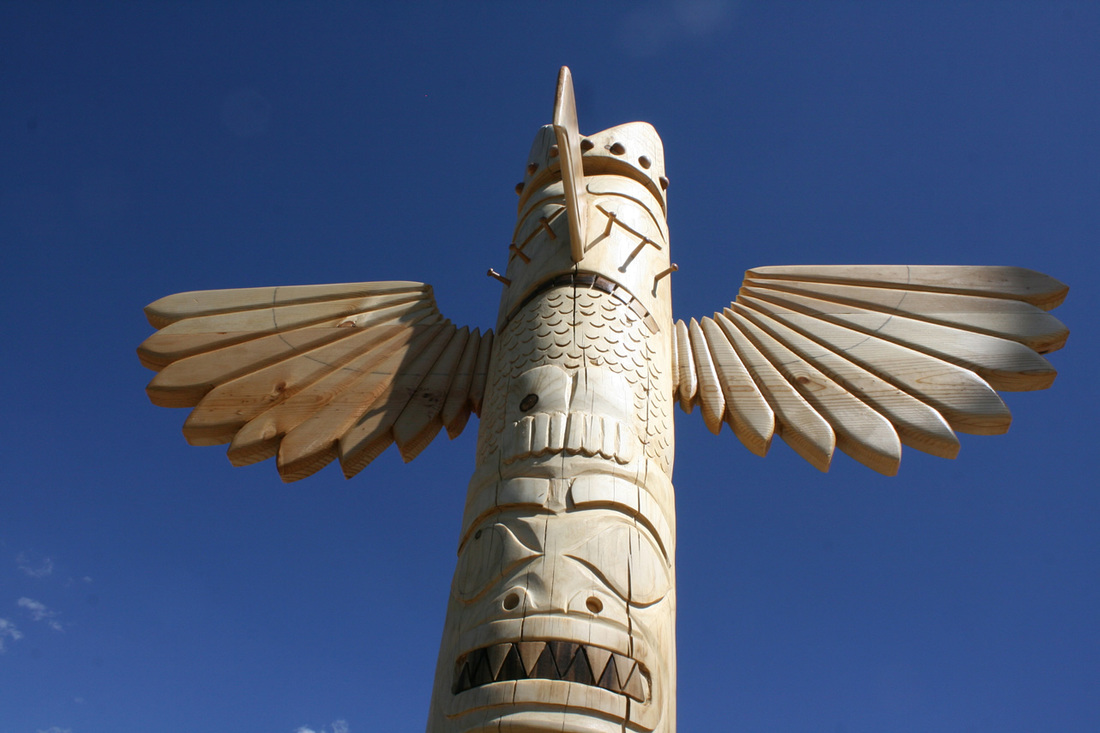 Totem Discovery We often run across great art in the Santa Fe, New Mexico area. New Mexico is not only the land of enchantment but also the land of Art, and yes with a capital “A”. Inspiring works of art can be found at every turn, from roadside creations to galleries, art is a big part of what makes the area tick culturally and economically. One day in July, Mari ran across a fellow working in his yard on something we at Ar(totems) Co. of course have a great appreciation for, Totem Poles. Since then we know the creator of these Totems is Jay Womack and we have begun representing him online and elsewhere. See his new Facebook page here: Jay Womack – Artist Jay Womack 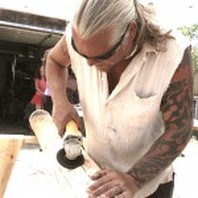 Jay Working Jay Working Jay comes from a background of construction and fine woodworking. Like his totems he strikes a large imposing figure despite his amiable personality. After a couple of beers and a good conversation we realized his talent and his attitude fit well with our mission and representing him would be a pleasure. Jay’s great-grandmother was a Native American and while not all of his work is traditional much of it has the stunning impact a totem pole can have. Unlike many traditional artistic sculptures totem poles typically have specific meaning based on cultural and familial or group relationships. They are most closely associated with the cultures of the indigenous peoples of the Pacific Northwest Coast of North America. The scholar Eddie Malin has proposed that totem poles progressed from house posts, funerary containers, and memorial markers into symbols of clan and family wealth and prestige. A Bit About Totem Poles “The meanings of the designs on totem poles are as varied as the cultures that make them. Totem poles may recount familiar legends, clan lineages, or notable events. Some poles celebrate cultural beliefs, but others are mostly artistic presentations. Certain types of totem poles are part of mortuary structures, and incorporate grave boxes with carved supporting poles, or recessed backs for grave boxes. Poles illustrate stories that commemorate historic persons, represent shamanic powers, or provide objects of public ridicule.” Wikipedia We Need One Given the work that Jay does and our appreciation of it we had to work a deal out with Jay to create a totem pole for us. It just makes sense, eh? When it’s done we’ll feature it here. In the meantime here are a few photos of his current projects. Also check back here to find his new website soon. Jay's Current Work
|
Artotems Co.Sharing our creative efforts, work and travel. Archives
December 2022
Categories
All
|
Site Design by Artotems Co.
- Home
- About
- News
- Services
- Author Services
- Working With Artists
-
Sparks
- Book Santa Fe
- V Day UVM Hermosillo
- SFYSA
- Flamenco
- Santa Fe Intl. Silk Fashion Show
- Freud's Artifacts
- Personal Artifacts
- Wunderkammer - Artotems Co.
- Dreams Revisted - Jung
- Meet Artotem
- Artistic Business Cards
- Things on Adobe
- It Was In Our Hands
- A Vision of Crows
- Look and Listen
- Death of A Book
- Alan Watts
- Textures - It's Nature's Way
- The Early Years
- Things on Adobe
- Our Customers Are Creative
- Contact
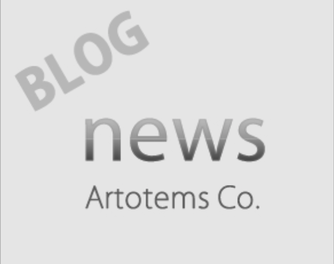





























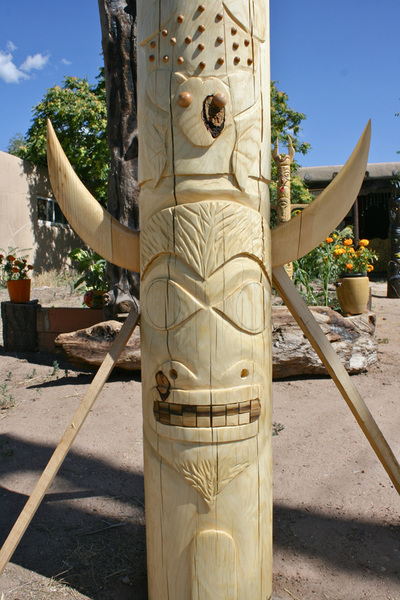
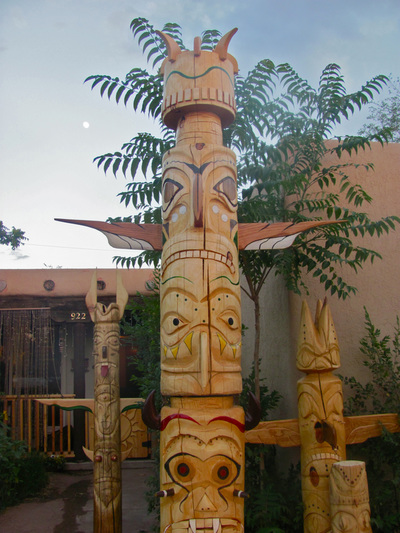
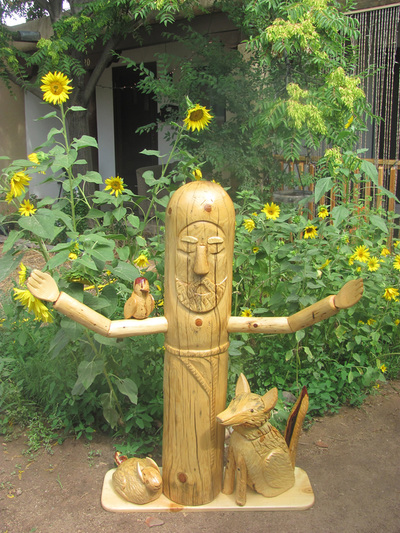
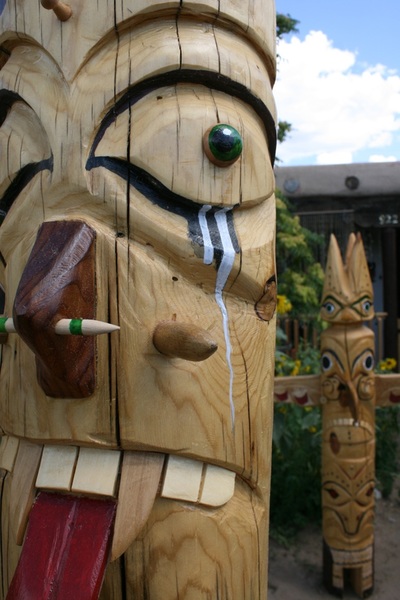
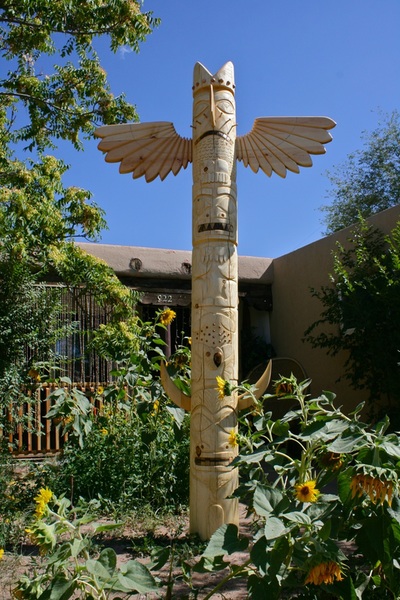
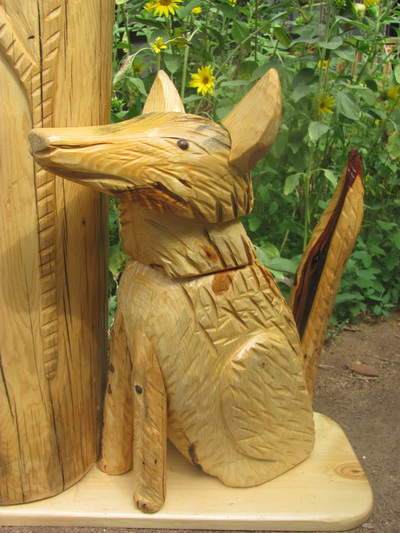
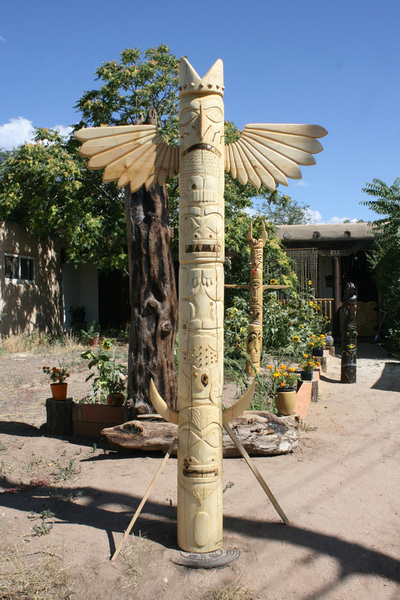

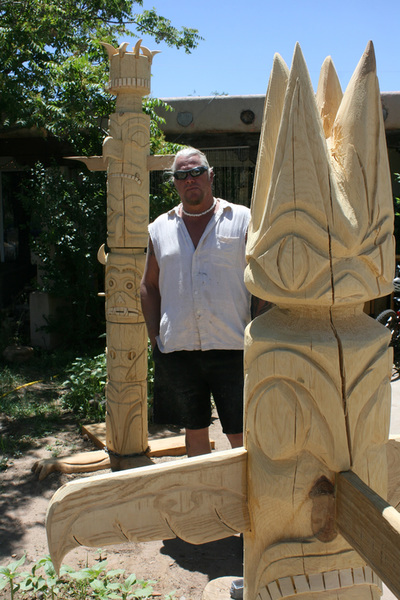
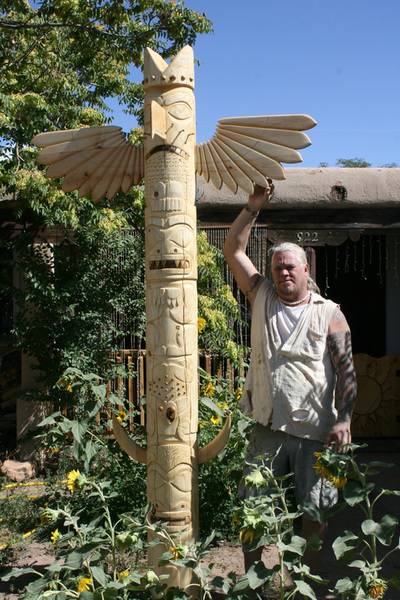
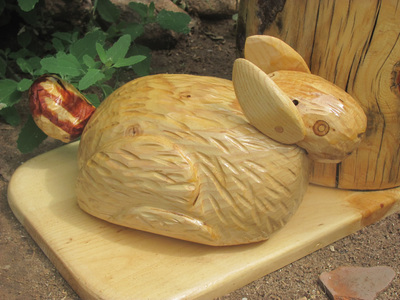
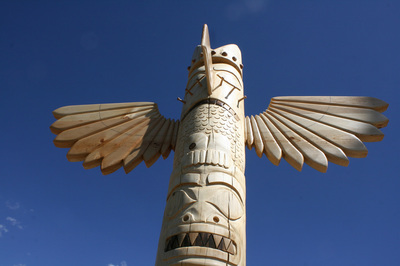
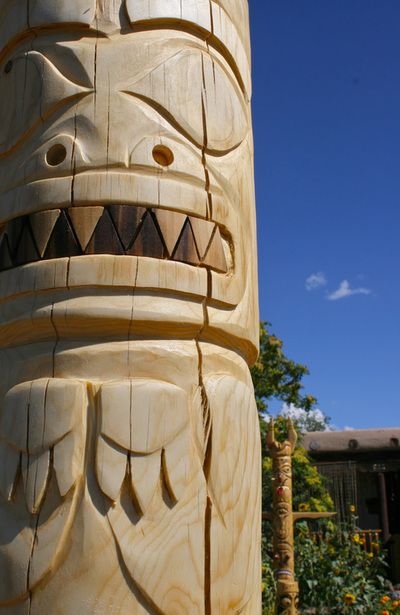
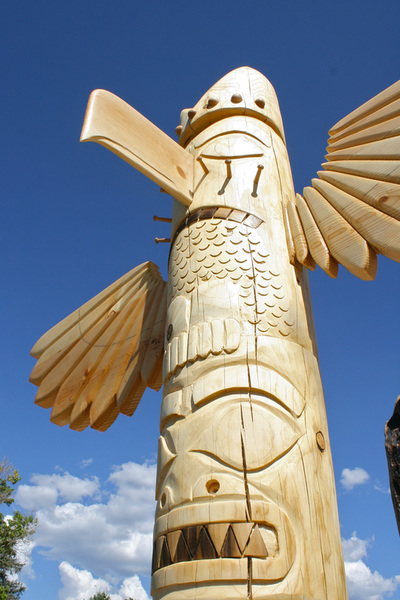
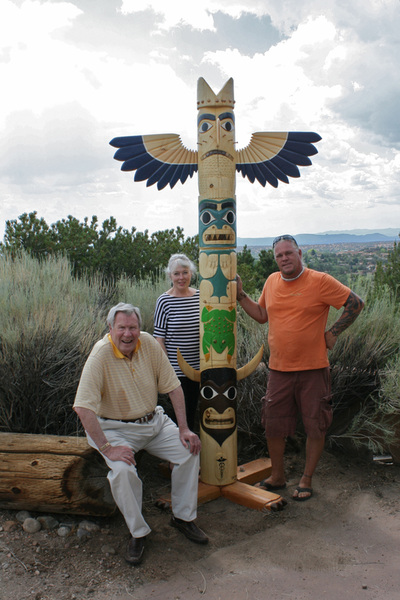
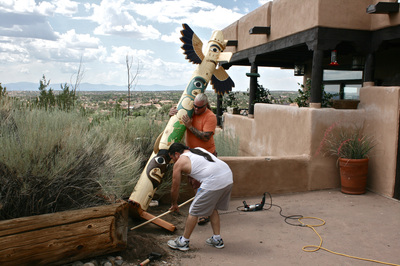

 RSS Feed
RSS Feed